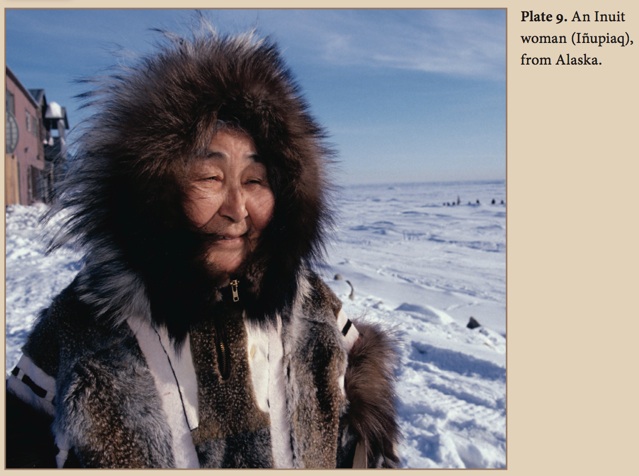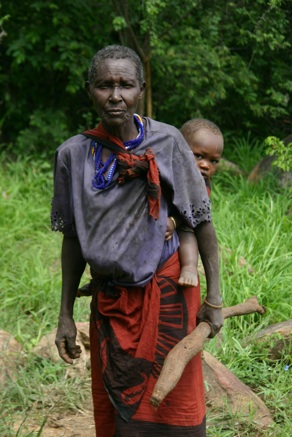Geographic determinism

What does “geographic determinism” really mean?
The term “geographic determinism” is used by many scholars as a pejorative, to justify the quick dismissal of a proposed geographic interpretation of a human phenomenon. For example, the charge of geographic determinism is occasionally leveled at my book Guns, Germs, and Steel. What does this term mean?
Many human phenomena and characteristics – such as behaviors, beliefs, economies, genes, incomes, life expectancies, and other things – are influenced both by geographic factors and by non-geographic factors. Geographic factors mean physical and biological factors tied to geographic location, including climate, the distributions of wild plant and animal species, soils, and topography. Non-geographic factors include those factors subsumed under the term culture, other factors subsumed under the term history, and decisions by individual people. Some human phenomena and characteristics are overwhelmingly influenced by geographic factors; others are significantly influenced by both geographic and non-geographic factors; and still others are subject to scarcely any significant geographic influence at all.
Among the latter is the failure of the attempt by German conspirators to kill Hitler on July 20, 1944, an event that had big consequences for the course of the last year of World War Two, the lives of millions of people, and the resulting map of Europe today. The attempt failed merely because Count Claus Stauffenberg, who had placed on the floor under Hitler’s conference table at Rastenburg a briefcase carrying a bomb, was able to push the briefcase with his foot only close enough to Hitler to wound Hitler, not to kill him. No geographic or environmental feature of Rastenburg ordained that the bomb would only wound Hitler. Similarly, the differences between the current economies of North and South Korea, or between those of the former East and West Germany, cannot be attributed to the modest environmental differences between North and South Korea, or between East and West Germany. They are instead due entirely to the different policies of North and South Korea’s governments today, and to legacies of the different policies until 1990 of the former East and West German governments. Still other examples are the many differences between the attitudes of French and German people, e.g. towards obedience, eating foie gras and frogs, and admiring Wagner’s music. These differences are viewed as products of French and German culture and history for which no plausible geographic explanations have been advanced. German as well as French geography provides geese and frogs.

Image from The World Until Yesterday. Photo credit: Jeff Schultz/AlaskaStock.com

An Aka father and his child, from Africa’s equatorial forest. Photo credit: Bonnie Hewlett.
Today, no scholar would be silly enough to deny that culture, history, and individual choices play a big role in many human phenomena. Scholars don’t react to cultural, historical, and individual-agent explanations by denouncing “cultural determinism,” “historical determinism,” or “individual determinism,” and then thinking no further. But many scholars do react to any explanation invoking some geographic role, by denouncing “geographic determinism” and then thinking no further, on the assumption that all their listeners and readers agree that geographic explanations play no role and should be dismissed.
Several reasons may underlie this widespread but nonsensical view. One reason is that some geographic explanations advanced a century ago were racist, thereby causing all geographic explanations to become tainted by racist associations in the minds of many scholars other than geographers. But many genetic, historical, psychological, and anthropological explanations advanced a century ago were also racist, yet the validity of newer non-racist genetic etc. explanations is widely accepted today.

A third reason is that geographic explanations usually depend on detailed technical facts of geography and other fields of scholarship: knowledge of wild plant and animal distributions, facts of climates and soils, and so on. Most historians and economists don’t acquire that detailed knowledge as part of the professional training.
A Hadza woman foraging while carrying her grandchild. One reason old people are considered valuable in traditional societies is that they serve as care-givers and food-producers to their grandchildren. Photo credit: Brian M. Wood.
For all these reasons, whenever I hear the words “geographic determinism,” I know that I am about to hear a reflex dismissal of geographic considerations, an opinion not worth listening to or reading, and an excuse for intellectual laziness and for not coming to grips with real issues.